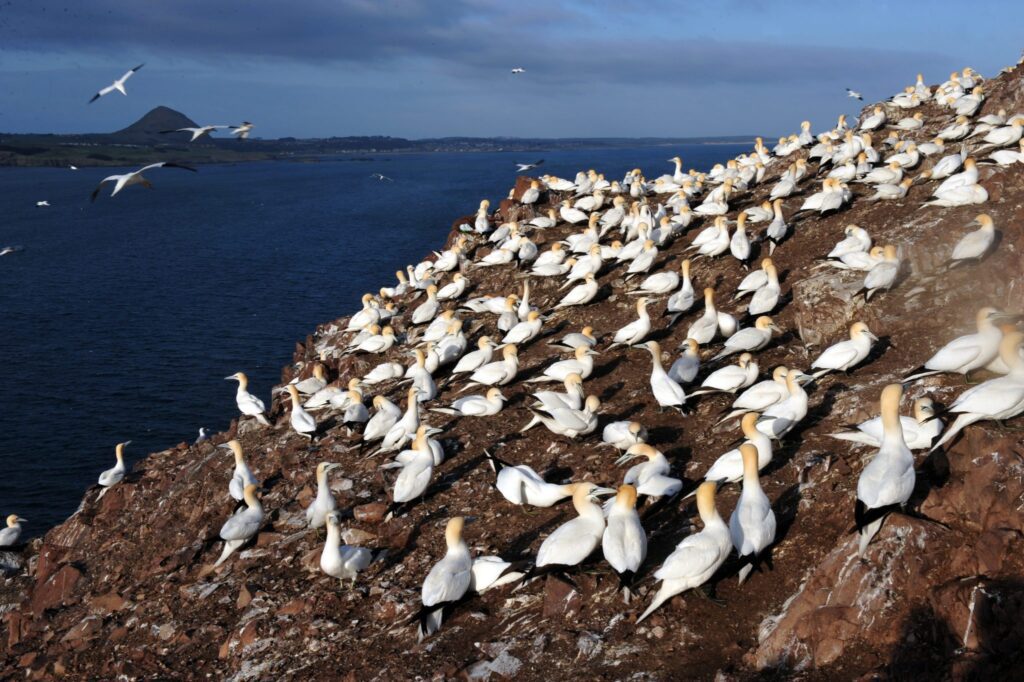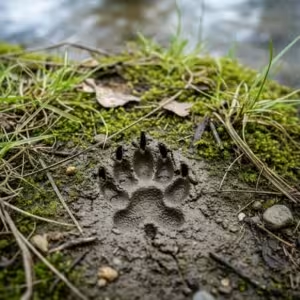If you’ve ever wondered where the northern gannet gets its scientific name Morus bassanus, then a visit to Bass Rock should put an end to your contemplation. Bassanus … Bass Rock-yes, the bird gets its name from this volcanic plug squatting in the outer edges of the Firth of Forth. Some 75,000 pairs breed and raise their chicks here, almost a fifth of the global population, and the sight of even 10 of them hanging in the air, those lovely emulsion-white feathers gently tousled by the wind, before the inevitable, stomach-churning plunge, is enough to melt even the hardest of hearts.

Then add this to the mix: gannets are a wildlife success story. Numbers in the UK have increased by a third in a decade and on the rock by more than 50 per cent in the same period. That such a tiny island – roughly the size of four football pitches – that was once home to Christian hermits and later a notorious prison should come to be so significant a site for our largest seabird surely gives some grounds for optimism.















